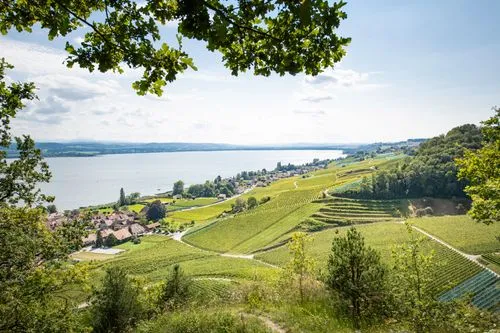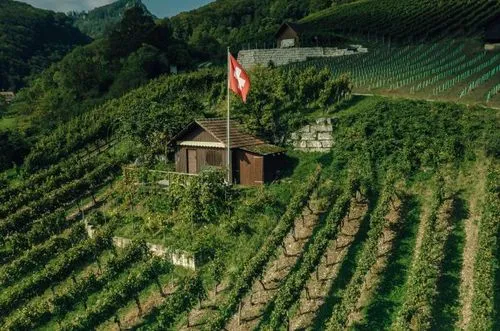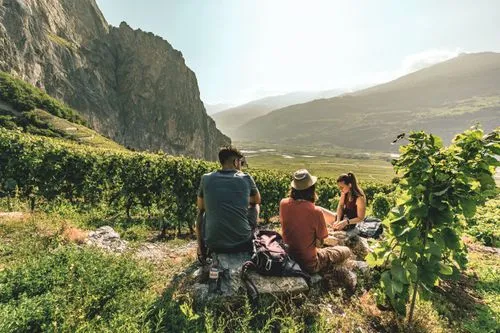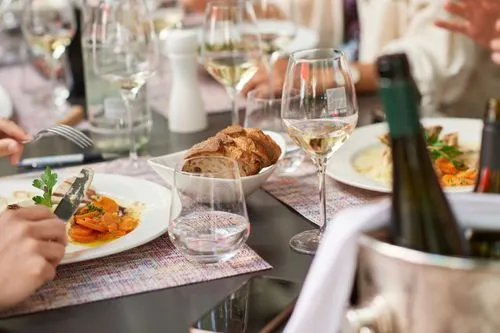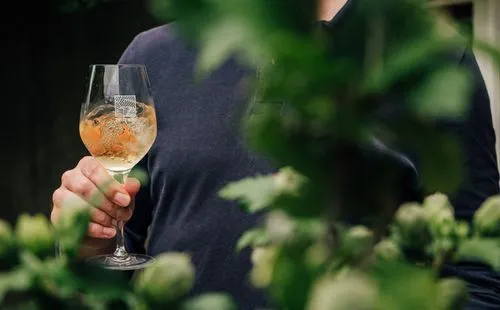From blossom to grape: summer in the Swiss vineyards
Summer brings the vineyards to life
From June onwards, the vines show their most vibrant side. Strong shoots and the first flowers emerge from the lush green of the spring months. During this time, the vine goes through what are probably the most crucial phases of its vegetative cycle:
Flowering
Fruit set
Berry growth
These processes happen quickly: a new shoot can easily grow up to 20 centimetres per day.
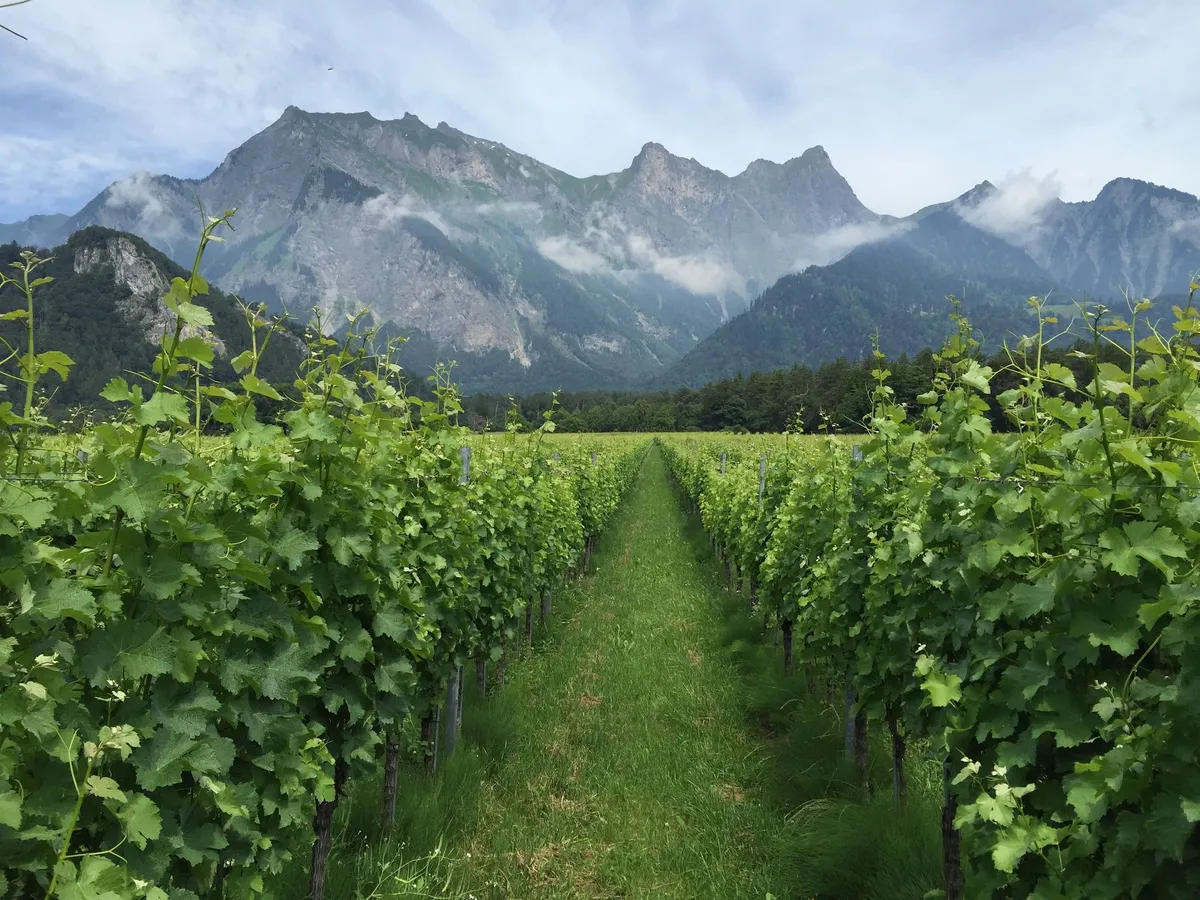
Flowering usually begins in early to mid-June, depending on the altitude and weather. It lasts only a few days, but it is of central importance: every pollinated flower can become a grape. For this to succeed, warm, dry weather with as little wind as possible is required. A rainy June can significantly reduce the yield.
Once flowering has been successful, the so-called fruit set follows. Now the small green balls – the berries – begin to form. They are still hard, sour, and far from ready to eat, but the foundation for the later vintage has been laid.

Maturity test in midsummer
July and August are all about growth. The grapes increase in size and weight, and the vine concentrates entirely on nourishing its fruit. The foliage also plays a crucial role here: it is the vineyard's ‘solar system’, producing sugar and aromas.

From mid/late July, the so-called colour change begins, known in technical terms as ‘véraison’. The green berries begin to change colour: blue, red, golden yellow, depending on the grape variety. At the same time, the composition of the berries changes. They lose acidity and gain sugar, aroma and structure. This beginning of ripening is an important moment for winegrowers: now the final sprint towards harvest begins.
August often brings hot days, but also thunderstorms and hail. Any freak weather can jeopardise the work done so far. During this phase, attention in the vineyard is particularly high. It is all about monitoring, protecting and reacting.
Between pruning, leaf removal and observation
In summer, not only do the vines grow vigorously, but the work for winemakers is also intense. During the growing season, they are in the vineyard almost every day – with a keen eye and a lot of finesse.
In June, it's time for pruning, tying and tidying. The young shoots grow quickly and need to be shaped so that air and sunlight can reach the centre of the plant.
Overcrowding promotes fungal diseases, so it's time for ‘leaf removal’: the targeted removal of leaves around the grapes. This protects against rot and promotes ripening.
Plant protection is crucial at this time of year, but it is carried out in a differentiated manner. Many Swiss wineries work according to ecological or sustainable guidelines. Instead of ‘spraying’, the motto is: monitor, anticipate and only intervene where necessary.
The first yield adjustments often take place in July. Depending on the weather and the desired characteristics of the wine, winemakers decide whether to remove individual grapes. This improves the quality of the remaining fruit, because here too, less is more.
At the same time, winemakers respond to changes in the weather, for example by using hail nets or quickly removing leaves after rain.
In August, the ripeness test draws nearer. During this phase, winegrowers observe closely: How is the sugar content developing? How do the berries taste? How healthy are the grapes? Every vineyard, every variety and every year requires different decisions.
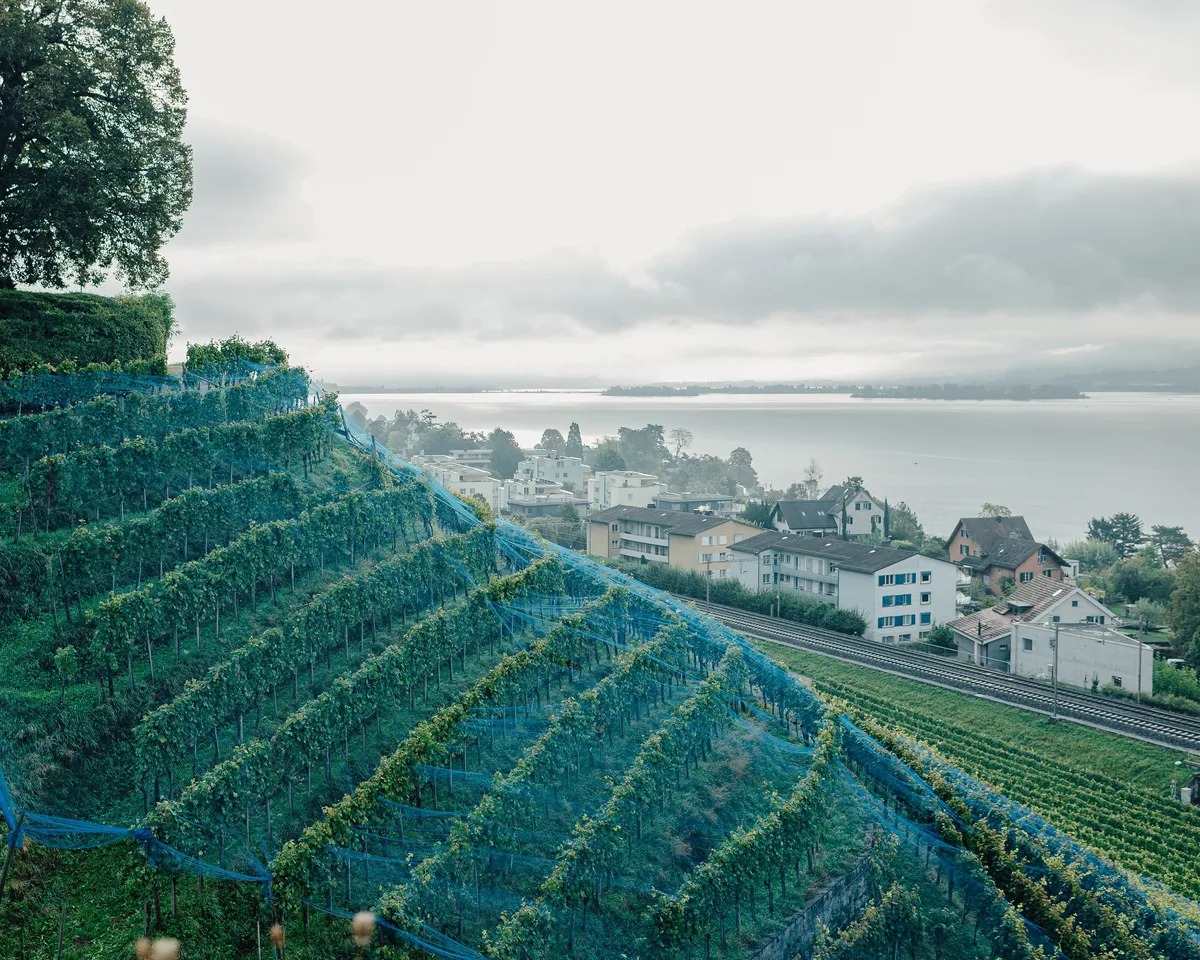
In late summer, the vine no longer puts its energy into growth, but into the ripening process of the grapes. This works best on sunny days and cool nights.
Summer determines the character of the vintage
What ends up in the bottle is largely decided in the summer. The combination of climate, care, and intuition shapes the character of the wine. The months of June to August lay the foundations not only for quality, but also for style.
Related events
Related Articles
All the news about Swiss wines and exclusive reports.
To visit our site, you must be of legal drinking age in your country of residence.
